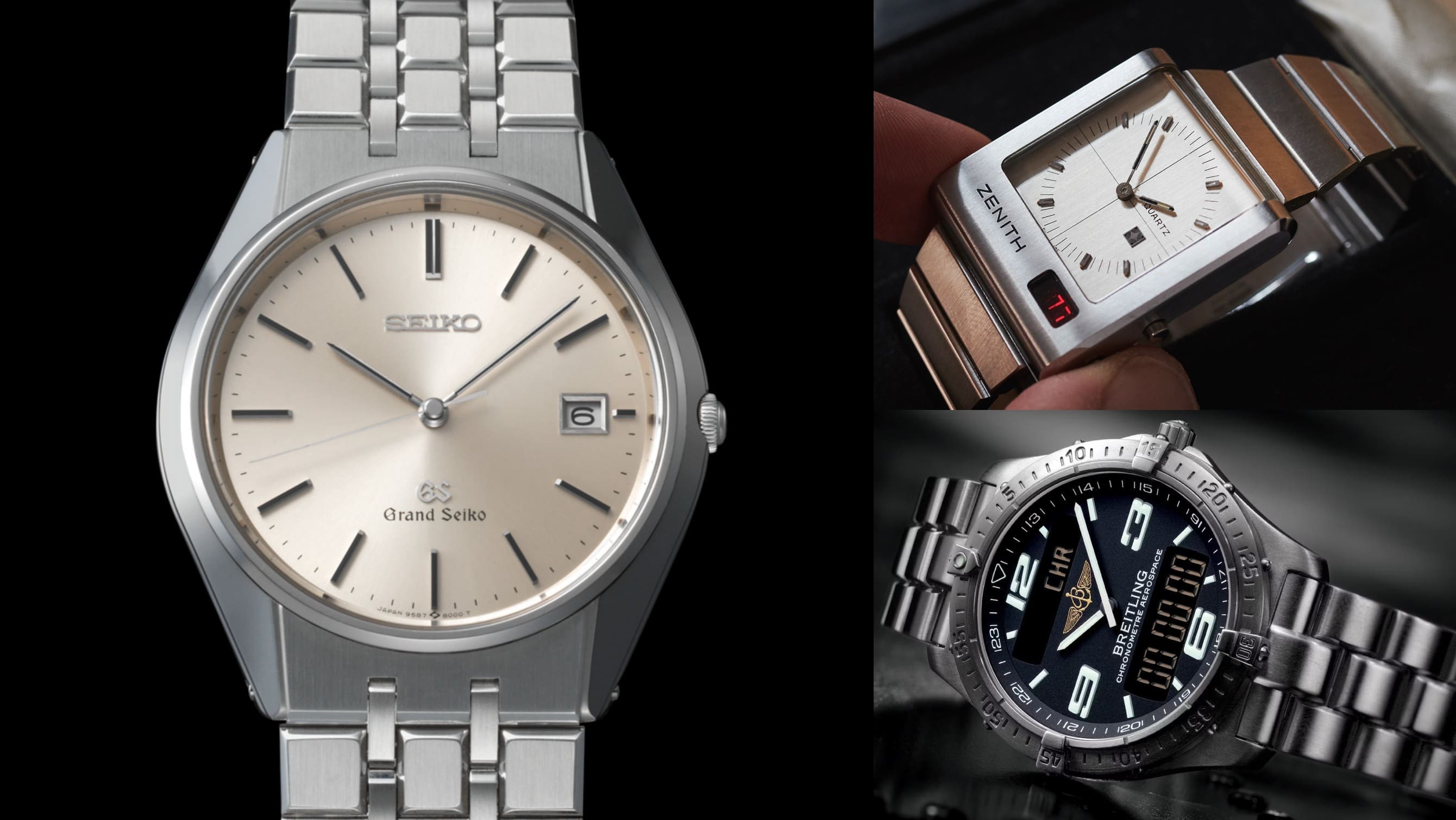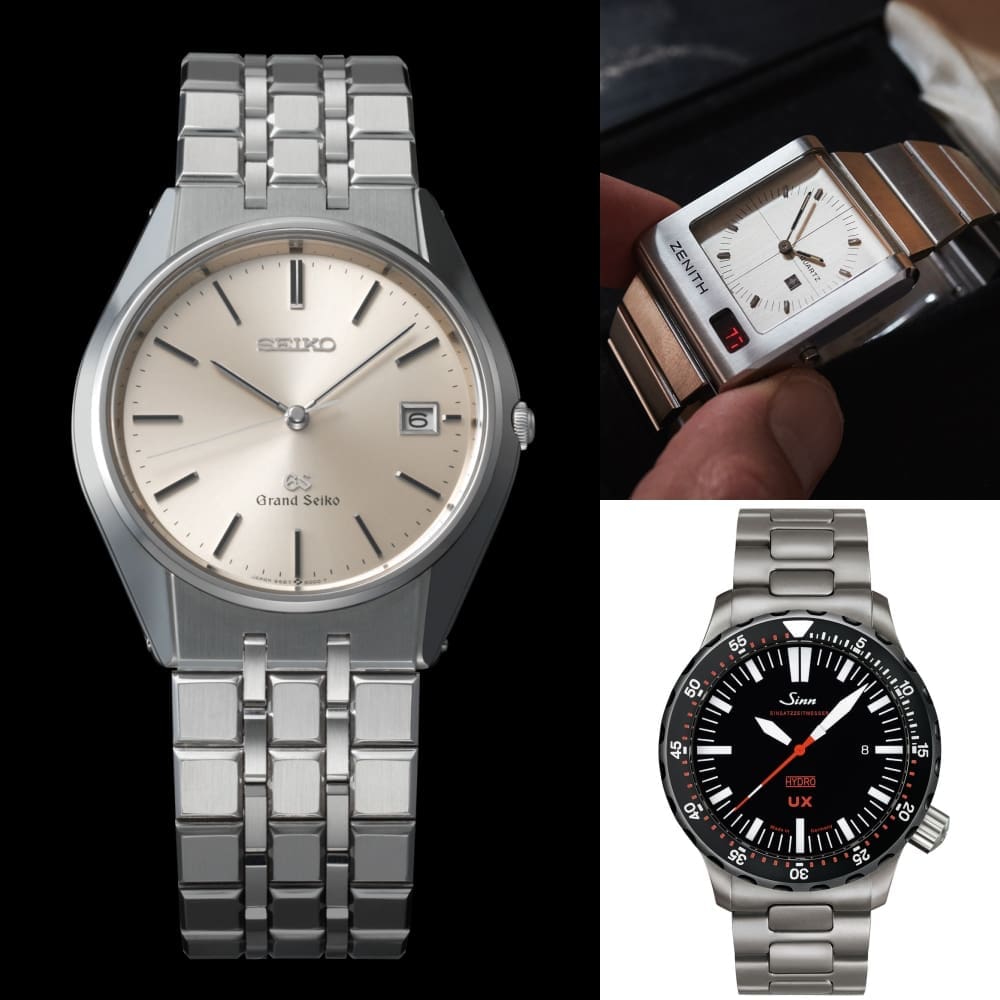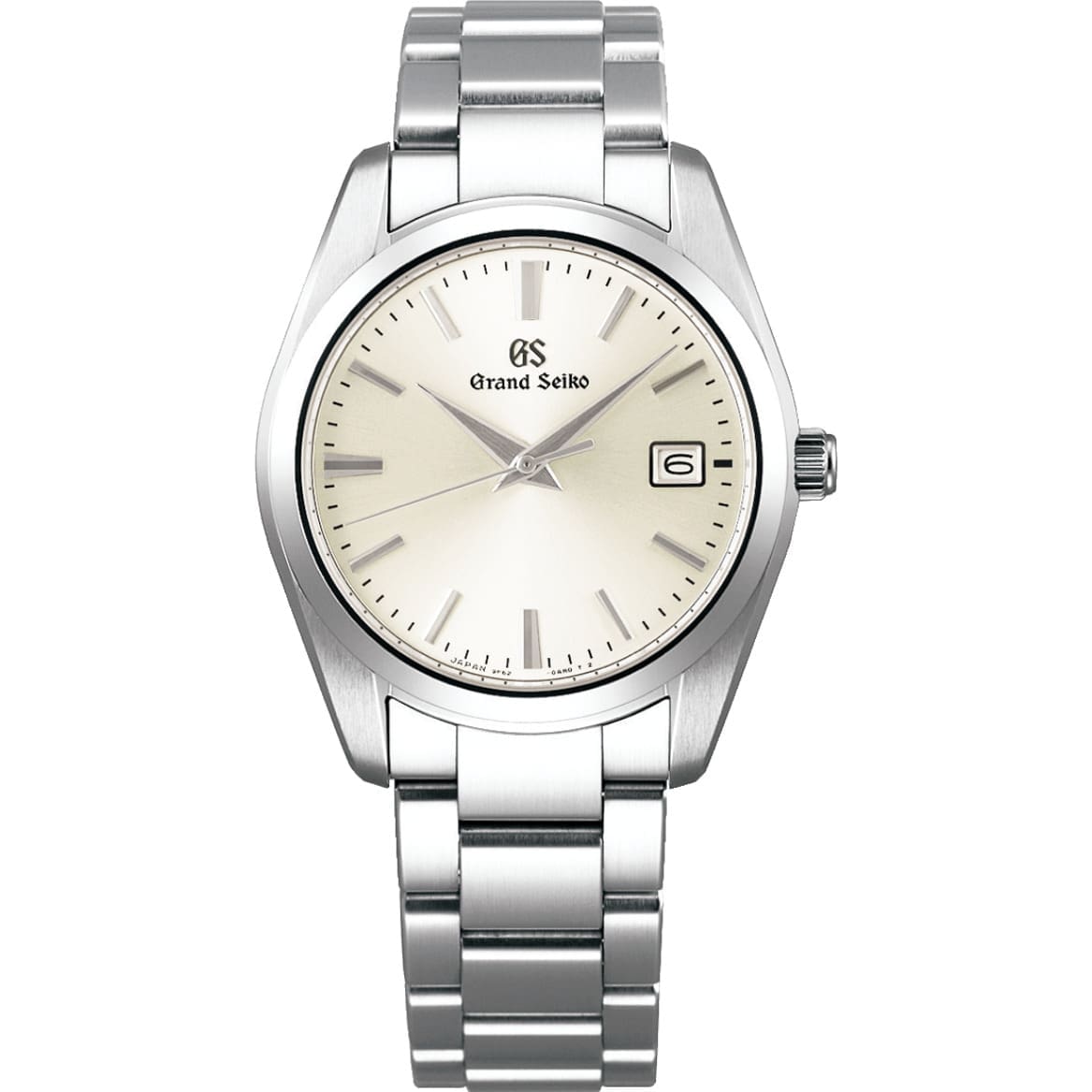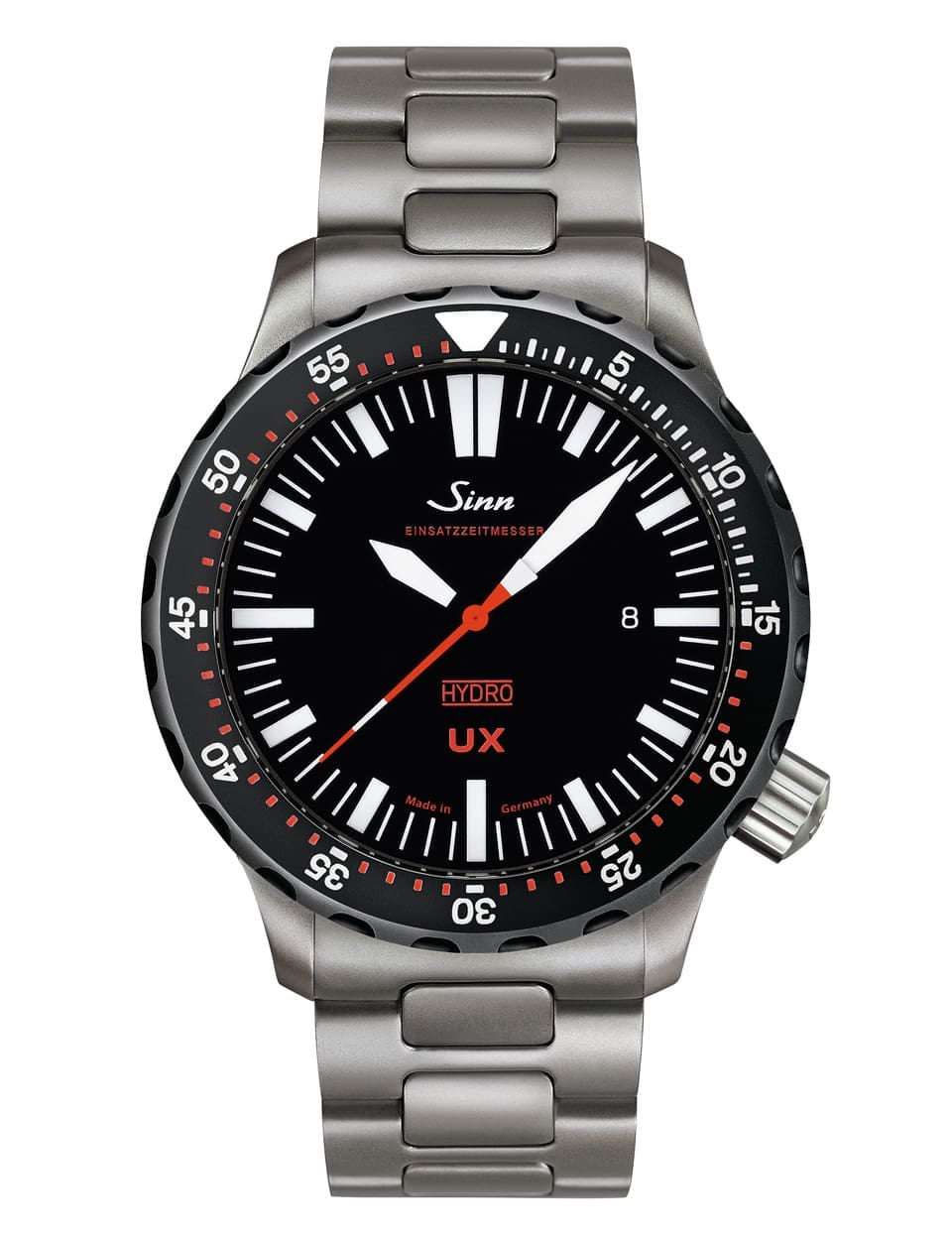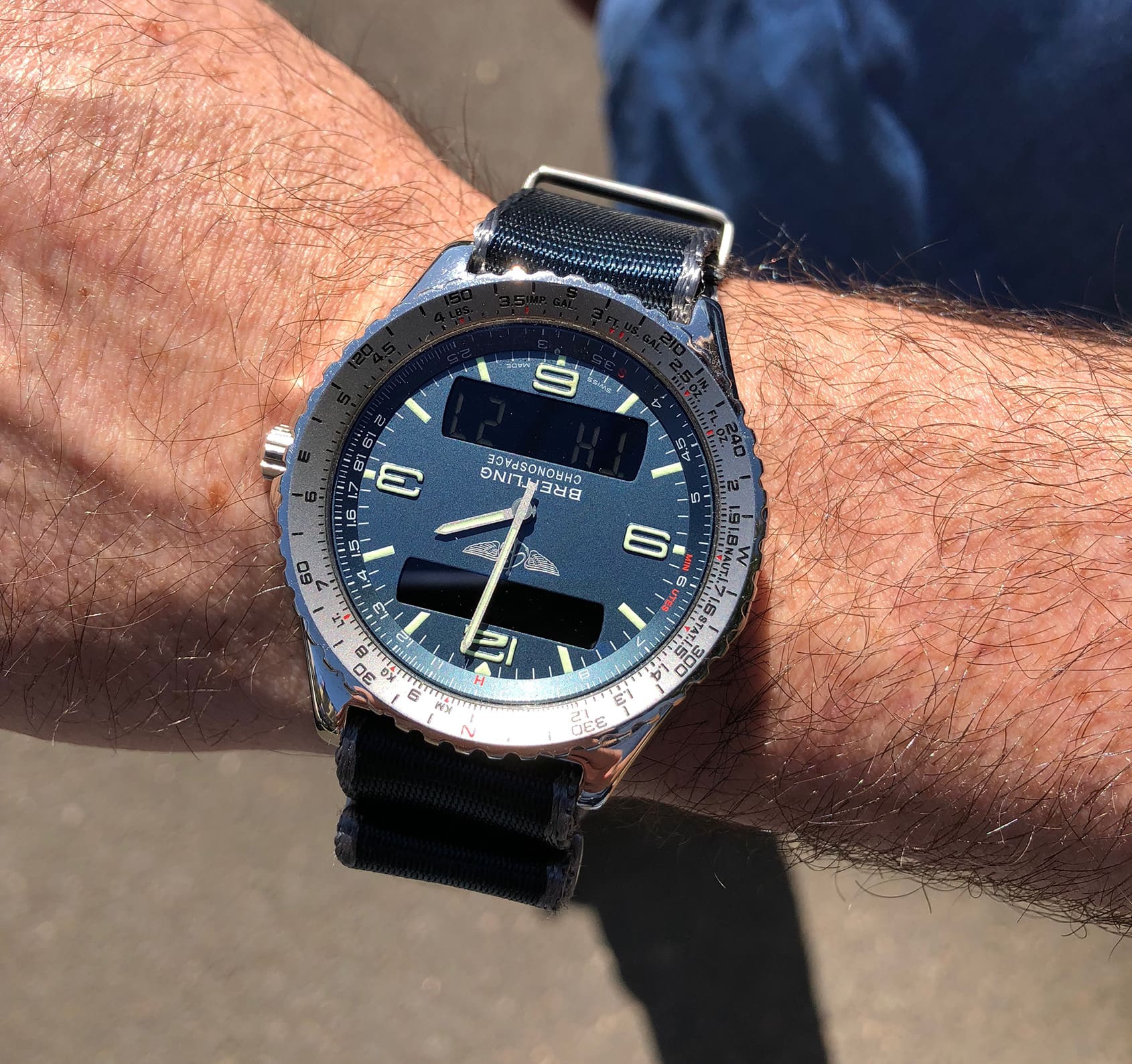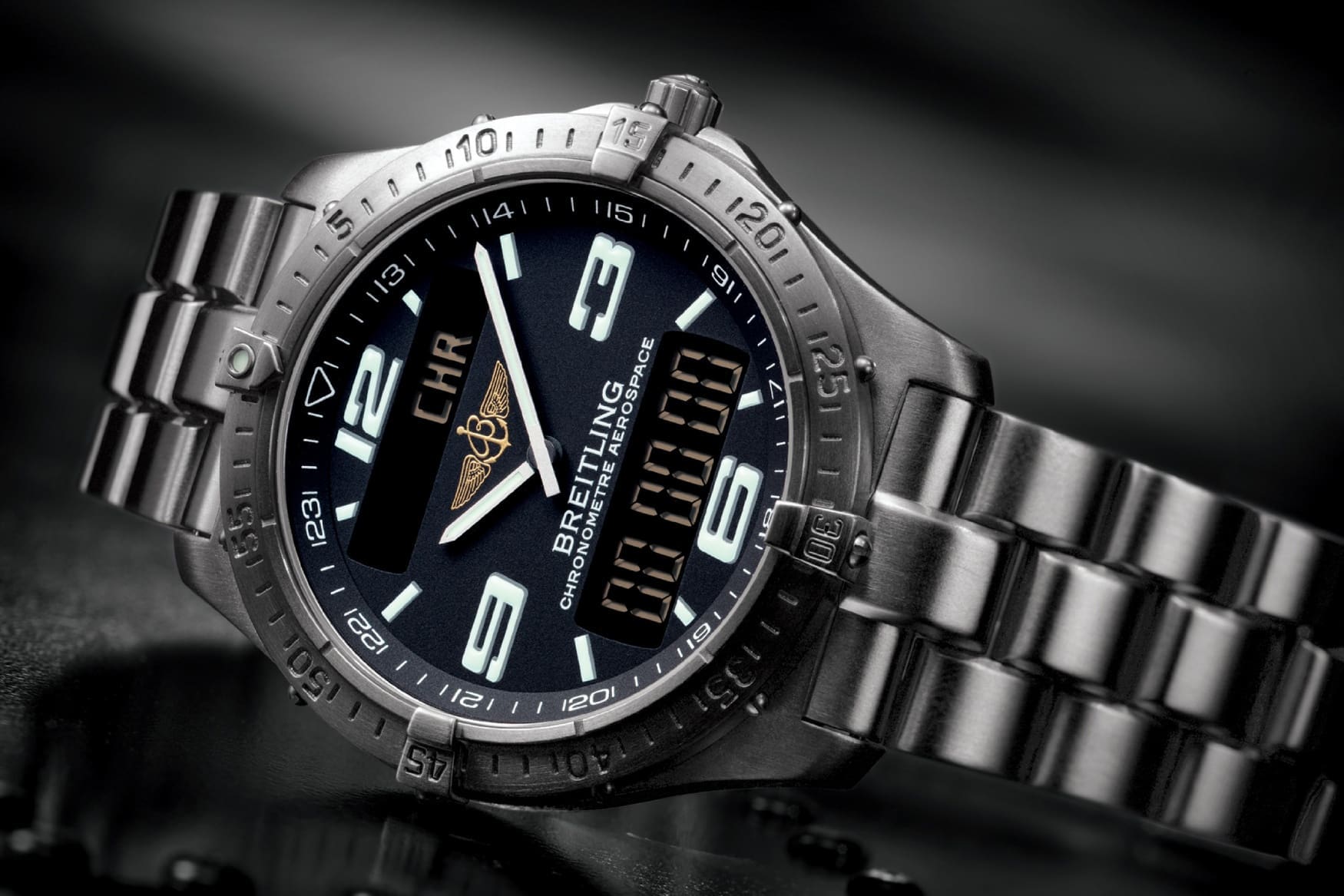Is the future of neo-vintage collecting luxury quartz?
D.C. HannayQuartz watches often elicit turned-up noses among certain watch snobs, but I’m here to tell you, you’re missing out. There are a ton of worthy contenders that couldn’t be further from the black plastic digital watches you might be thinking of. Remember, a quartz watch, even the most basic one, will almost certainly have more precise timekeeping than any mechanical watch can offer. Japan’s Citizen makes the world’s most accurate non-connected watch, the Caliber 0100, which boasts accuracy of +-1 second per year. And it’s solar-powered to boot.
When it comes down to it, some watch wearers might actually prefer the convenience and accuracy that quartz offers, especially those that just want “one nice watch”. And you can certainly find them. You could just pick up one of Grand Seiko’s 9F quartz models, such as the champagne-dialled go-anywhere SBGX263, and be done with it, or even hunt down a vintage Rolex Oysterquartz if you’ve got the scratch. But there’s so much more to discover, especially in the neo-vintage realm, and many are a better value play. Plenty of unique, highly attractive models are out there, hiding in plain sight, and often at bargain prices. Here are my picks for five standouts that can be had for under US$2,000.
Grand Seiko 95GS SBGS003
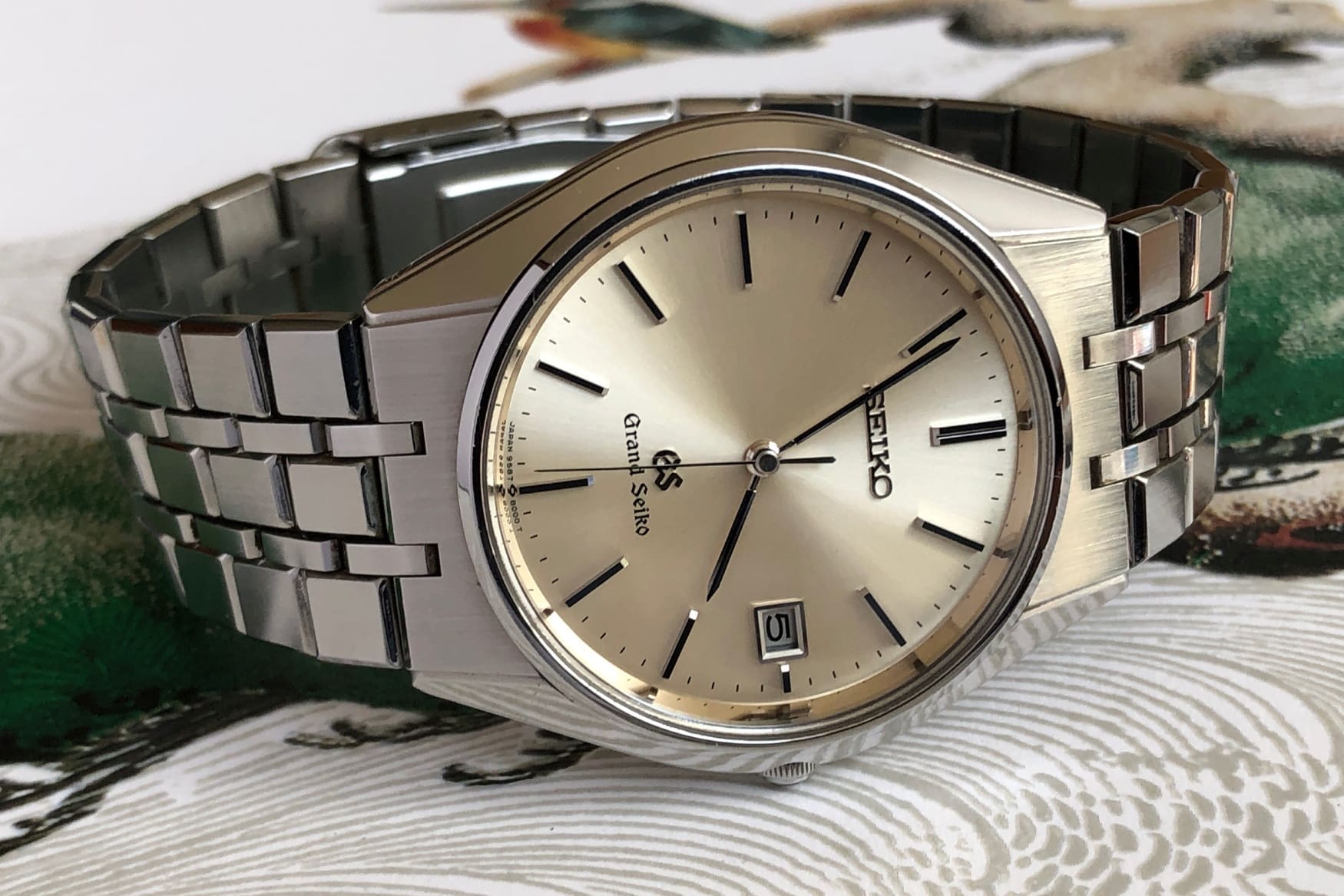
If you’re looking to take the Grand Seiko plunge, but new ones are a bit out of reach, you can’t do much better than the gorgeous 95GS SBGS003 (movement/case reference 9587-8000) that made its debut in 1988. It’s got fantastic dimensions, with a diameter of 37mm, a case height of just 8mm, and a lug-to-lug of 42mm. The SBGS003 is proportionally near-perfect in my eyes, with its thin profile a real highlight. The 9587 movement is equally fantastic, with thermal compensation, 7 jewels, and accuracy of +/-10 seconds per year. Just about every Grand Seiko from this era is objectively great, but with its great wearability, sharp design, and lovely champagne dial, the SBGS003 is my absolute favourite. They can be found anywhere from US$500 for a well-loved specimen, to over $1,200 for a really mint one.
Sinn UX Hydro
A little more contemporary and a lot more stout is the nigh-indestructible Sinn UX Hydro, a 44mm dive icon that boasts a staggering 5,000 metres of water resistance. Its robust nature is a result of its hardened “German submarine steel” construction, along with the fact that the case is oil-filled, which gives the dial a unique degree of non-reflectivity and fog resistance. It’s highly legible, especially underwater, which I guess is the point. Bottom line: it’s a beast, and utilises a dependable ETA 955.652 high-precision quartz movement which is temperature-stabilised and antimagnetic. Still part of the Sinn catalogue, a new one starts at around US$2,700, but you can find them preowned for $1,500 and up, depending on the version you choose.
Zenith Futur Time Command
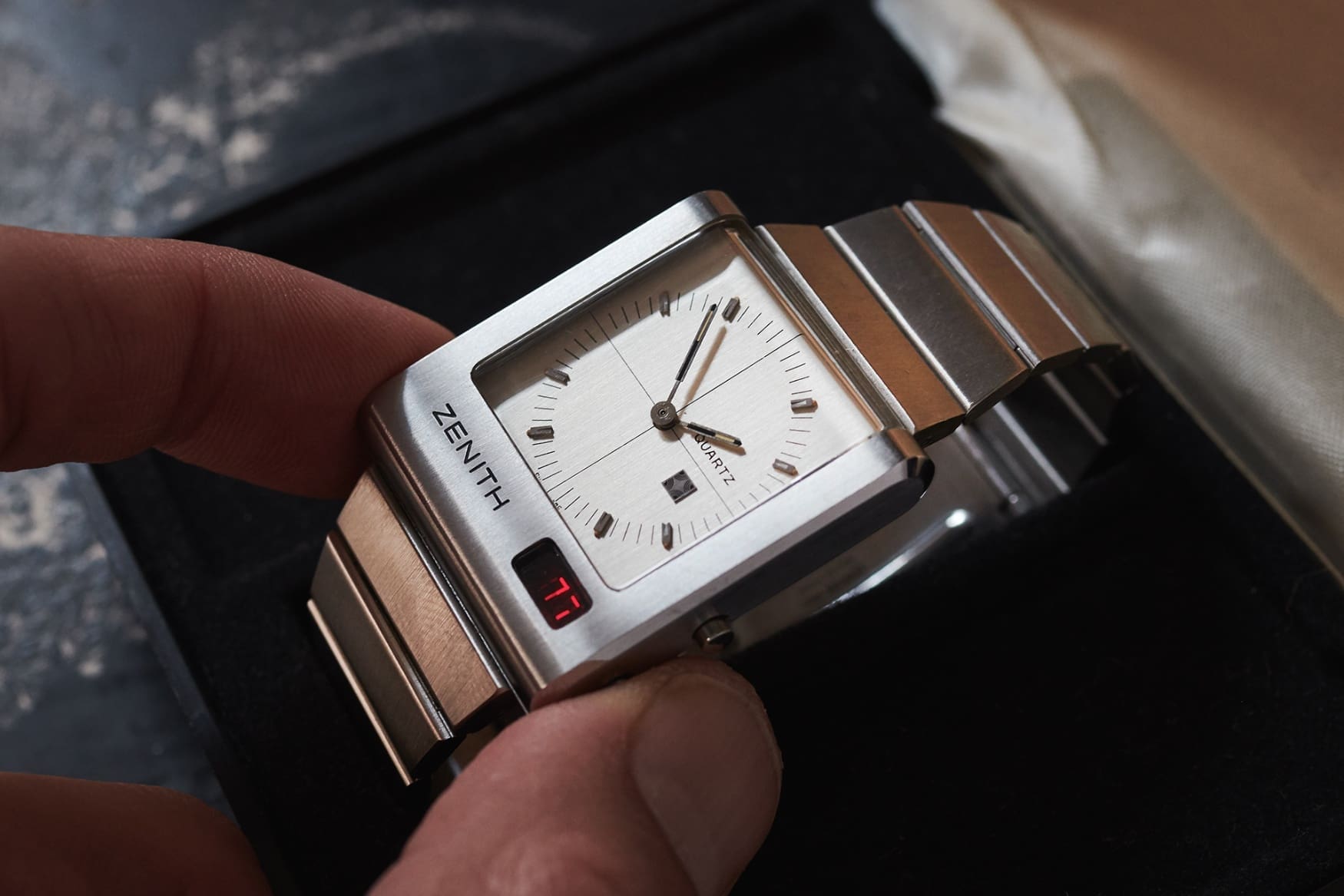
Here’s a real outlier: the retro-modern Zenith Futur Time Command, which looks like it could have been issued to Harrison Ford’s Rick Deckard in Blade Runner. This is no El Primero Zenith, but a response to the Quartz Crisis that nearly killed off the company. Like many Swiss brands, Zenith was scrambling to stay relevant, and this unicorn combines analogue hands and a digital LED display into one design. It features a memory circuit to ensure accuracy when resetting to a different time zone, and the curved rectangular stainless case sports a crystal that follows the case’s contour along the top edge. The look reminds me of the refinement of Bang & Olufsen audio gear, and I think it’s aged rather well, considering how out-there the design was in the 1970s. If Zenith ever brings this one back, I’m all over it. Prices vary wildly, depending on condition, from a few hundred to nearly US$2,000.
Breitling Aerospace
Breitling are rightly known for legendary classics like their Navitimer and Premier chronographs, but they also have a healthy selection of robust tool watches known as the Professional line. The 40mm Aerospace was introduced in 1985 as a cutting-edge, multifunction, ana-digi model for pilots, featuring titanium construction, thermally compensated ETA-based movements, and an ever-evolving roster of dial and case variants, including two-tone and solid gold.
My personal pick is the E75362 version, with its italicised dial numerals and COSC-certified B75 Superquartz movement, but whichever version you prefer, the Aerospace is a banger. Breitling still has the Aerospace in their catalogue, however it’s grown to 43mm, and its retail has also grown, to US$4,450, but you needn’t shell out those kinds of bucks. You can find them under US$1,000 for a well-worn early example, to just under $2,000 for a later model in good shape.
Universal Genève Senna 41
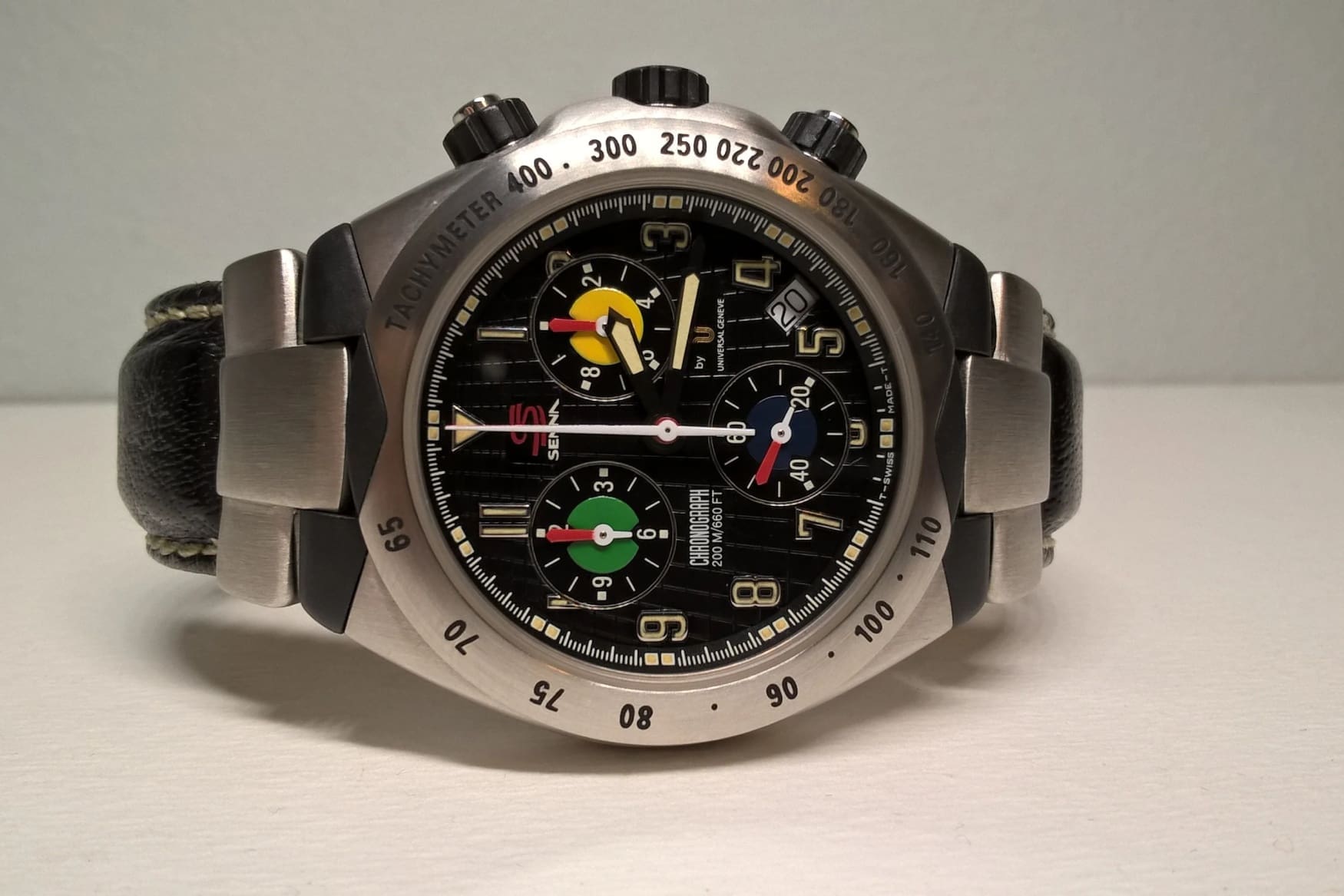
If you know me, you know I have a somewhat obsessive affection for ‘80s and ‘90s TAG Heuer. What can I say? I’m a product of my upbringing. High on my wish list were (and still are) the original Formula 1 (OK, not so strange) and the more polarising S/el (I’m probably on some sort of watchlist). Formula 1 legend Ayrton Senna was a well-known TAG Heuer endorser, having worn both the F1 and his signature ana-digi S/el during his abbreviated but illustrious career. But this posthumously released late-’90s oddity comes from Universal Genève, of all places, during what might politely be termed as their “lost weekend” phase. The Senna 41s are pretty scarce (likely due to their apparent lack of popularity), but I dig the stainless/carbon case and funky bracelet. And they’re not too dear, either, with prices that seem to fluctuate around the US$1,000 mark. UG released the watch to benefit the Senna family’s Ayrton Senna Institute, with the top-end models utilising a Valjoux 7750-powered mechanical chrono, but the quartz versions look virtually the same, apart from some dial variants. They’re very much a product of their time, with marmite love-it-or-hate-it looks. Personally, I think they’re a sort of unholy mashup of the quartz F1 chrono and the S/el, but with a design that’s all its own, and if you’re an F1 buff, it’s a pretty unique snapshot of the avant-garde designs that the sport inspires.




